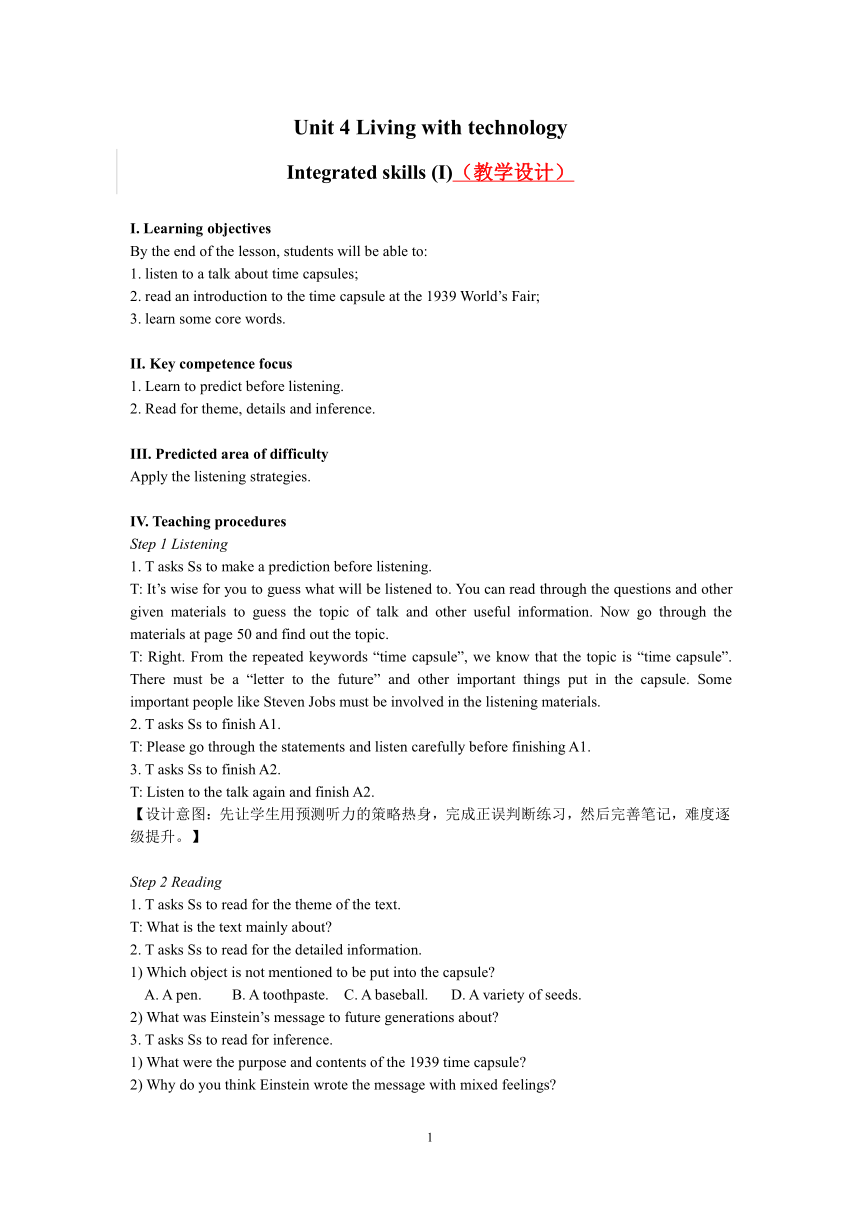<p id="rzzcr"></p>
| |
| | <center id="rzzcr"><em id="rzzcr"><small id="rzzcr"></small></em></center> | |
|
|
|
|
 資源預覽
資源預覽

 資源預覽
資源預覽
